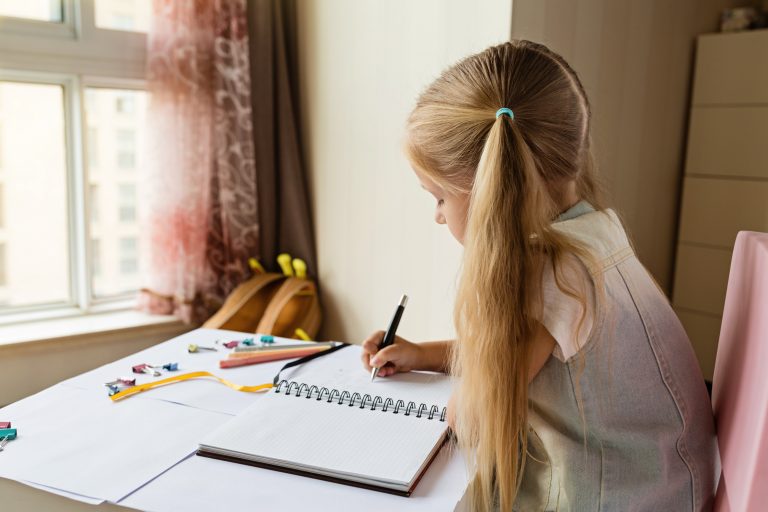How to Help If Your Child is Struggling to Read
October 17, 2011
When my daughter began Kindergarten last year I was beside myself with excitement. As a former First Grade Teacher, with my Master’s Degree in Reading and Language Arts, I felt I had prepared her well. I was shocked to get a call a few weeks into the new school year from her teacher – telling me that my daughter was struggling in her reading and writing. I knew that to make her successful, certain steps needed to be taken. As a teacher I worked daily to encourage and motivate the children that struggled with literacy in my classroom. As a Mom I wanted to take a similar approach, but in a way that would be fun and interactive and allow us to have fun together. Following are some of my suggestions.
Talk to Your Child’s Teacher
Your child’s teacher is there to help. Working together with the teacher as a collaborative team will help keep the lines of communication open. Ask what particular areas your child is struggling in, and ask for advice and ideas on how to work with your child at home. Ask the teacher if she feels your child may need additional support at school from a reading specialist. This will allow for individual or small group instruction with a teacher that will target your child’s needs. Get frequent updates from the teacher, and if you feel additional help is needed schedule a meeting with the principal so that you can find out what other resources the school can provide.
Focus on Your Child’s Interests
Does your child love race cars or unicorns? Finding a topic of interest is the key. Take a trip to the library and find books about favorite topics. Encourage choosing books you can read to your child as well as books that are at the appropriate reading level (ask the teacher for assistance in this area). Buy a writing journal with new pencils and colored markers for your child. Working together, create stories about topics interesting to him or her. If writing independently is not possible, dictating it to you would be a solution. Type up the story and have your child illustrate it and then have your child read the story to your family. Creating one’s own book will not only spark the author inside but will allow a feeling of pride and success.
Meal Time
When you are meal planning for the week, ask your child to help you come up with ideas. Use a recipe book with pictures and have your child select meals that appeals to him or her, then help you create a list of dinners for the week. When you are going grocery shopping, they can help you create the food list. You can use this great chart or work together creating one. When you get to the grocery store use a clip board and highlighter and have your child check things off as they are put in the cart or have him or her select the item off the shelf and then find it on the list. Buy a white board and some magnetic tape to place on the front of your refrigerator. Have your child write down what is for dinner; ex: steak, potatoes and salad, and then read it to the family, letting everyone know what meal to expect that night.
Bath Time
Buy some soap crayons or foam letters and have your child create and read some fun words and sentences on the walls of the bath tub.
Chores
If you child does not have chores around the house this is a great time to start. Have your child help you create a chore chart that has names and pictures for the different jobs that need to be done around the house. Have your child help assign jobs and read what each person needs to do. Work together creating a list of what needs to be done for that particular chore ex: set the table: plates, napkins, forks, cups, etc. If able, have him or her write the list in complete sentences. Check out these great chore charts here.
Make it Fun!
Make flashcards with sight awords to use during favorite board games. Play SWAT! – write spelling or sight words on a large piece of chart paper and buy a fly swatter. Cut out the center of the fly swatter into a rectangle and have your child smack the words as hard as they can and yell out the word and then spell it. Children love this game. It uses their eyes (visual), ears (auditory) and hands (kinesthetic) which will allow the word to stick in the brain. Get sidewalk chalk and write spelling or sight words on the pavement. Have your child say the word and then jump on the letters as they are being spelled.
Every child learns differently so approaching learning in different ways will help all learning styles. For more information of learning styles refer to this link. The most important thing to remember is to keep it fun and your child will look forward to these activities and have fun learning with you.






